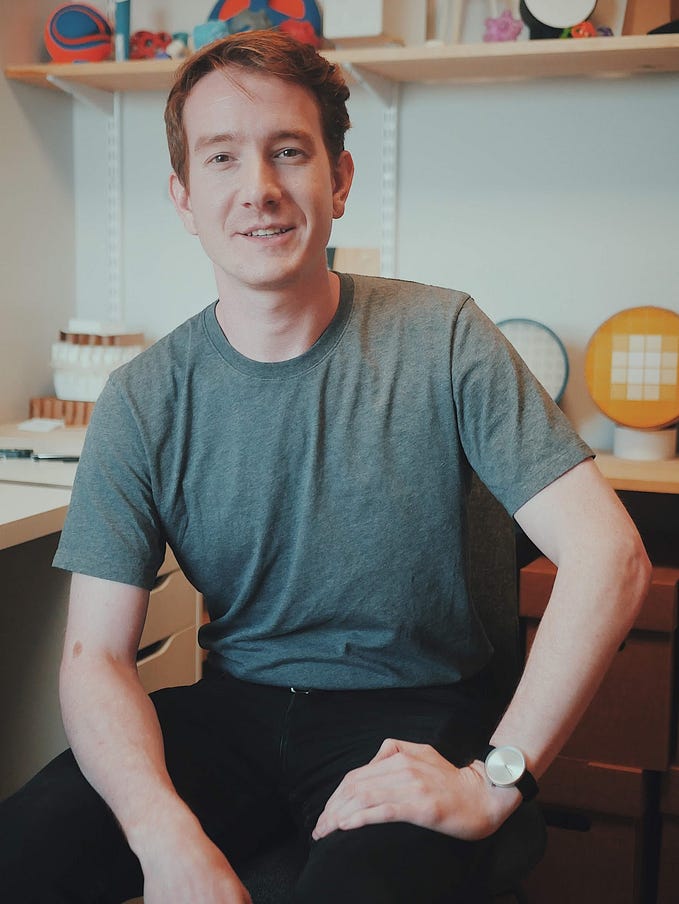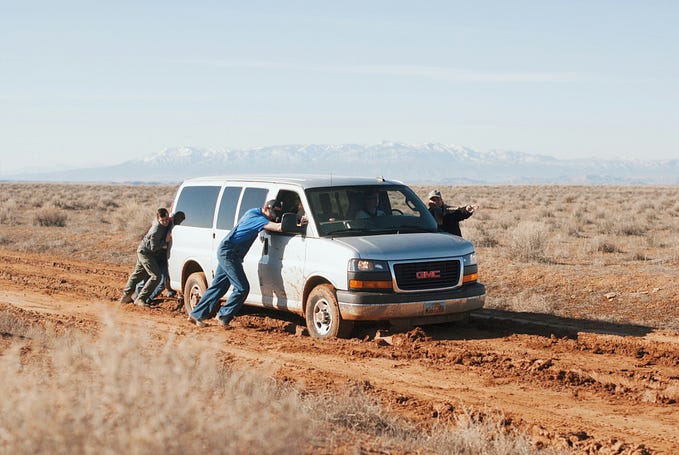Interview with Savanna Kreykes, Senior UX Designer at Amazon
Savanna and I worked together in Dallas. She is one of those people who is not only down to earth, funny, and cool, but also extremely talented, articulate and competent. To this day, I haven’t met a person who doesn’t like her.
Savanna is originally from Fort Worth, has a Bachelor of Fine Arts in Graphic Design and currently lives in Seattle, WA with her plants, who she has not killed “so far 🤞”.
She is a huge fan of hiking and snowshoeing, and finds any reason to get out in nature. She says that living in Seattle is a dream with mountains close enough for day trips.
You can follow Savanna on Twitter, and Instagram.
If you have any questions relating to this interview or want to say hi, feel free to DM me on Instagram or reach out on LinkedIn!

Can you tell us a little about your previous work experience?
Since I transitioned into UX I’ve worked all over, my first big project was at ATT. I then did consulting for a while before moving into startup life at Conversable, designing Bots and VUI. I was the first designer, as the company grew quickly I transitioned into managing the design team.
After getting burned out with start up life, I had the perfect opportunity to move to Seattle and work at Amazon, I later transitioned to Twitch, but recently have rejoined Amazon working on a new project with many of my old colleagues from my first team at the company.
How did you get into UX Design?
I began my design career working as a Graphic Designer, I was lucky to be hired right at the beginning of the recession in 2008. I continued to work in the world of print and marketing design for 6 years until I decided to move into the digital realm of design. At that point I started reading books and blogs and taught myself UX.
Do you have a design philosophy?
I always strive for my design to be intuitive. In a world full of data, there is a lot to be said for a designer’s intuition. The experiences we create should always strive to be easy for our users to relate to and understand. Humans are busier and more distracted than ever. We don’t need to waste extra time trying to figure out how to use a device or digital product.
What’s your favorite emoji?
😈
What do you think makes a great designer or UX researcher?
Great designers take ownership, they don’t settle with trying to ship the first solution that comes to mind. They explore many options and push if they know there could be a better way to do things, this is relevant to their design work as well as any internal processes that are part of their organization.
What do you think makes a bad designer or UX researcher?
Generally the designers I have perceived as “bad” are ones who aren’t open to new perspectives or opinions. It’s the designers that get locked into a specific way of thinking that generally get stale and are the ones I don’t care to work with.
What are the most common mistakes you see in UX portfolios?
Not getting to the “why” clearly enough. As a designer that leans heavily on making sure my solutions solve a real customer need, I want to know what customer problem initiated the exploration before you start diving into any sort of design.
What’s your biggest design pet peeve?
The most frustrating thing in the design community is when I see designers publicly criticize others who think or work in a different way than they prefer. UX is still a new field still, there is space for everyone to experiment with working however they please.
Do you have any tips for anyone looking to get into the UX field?
The hardest but most important thing for new designers, is to have a variety of work examples to show off your abilities. In general, you won’t get hired because someone thinks you’re able to learn a new skill or role. You’ll get hired because you show you can do it.
It’s also very important to network, put yourself out there, connect with people that inspire you. Personal connections are the best way to learn about new job opportunities.
What non-ux skills are helpful as a UX designer in a big designer in a big company?
For me it is easily collaboration. You will never know every skill, and even if you do, it’s not efficient to do everything yourself. Whether it’s with your colleagues that are remote, manager, PM, a broader design team, collaboration is key in driving consensus and pushing your work forward.
How do you invest in the design community outside of work?
I’ve been working with my friend Rogie and a few others on DesignHaus the past two years. DesignHaus is a co-op retreat with a bunch of designers! Living, working, cooking, laughing, watching movies, playing games, chatting and just living together. We tend to think that if we’re going to be in this industry together, why not bring it closer together IRL?








